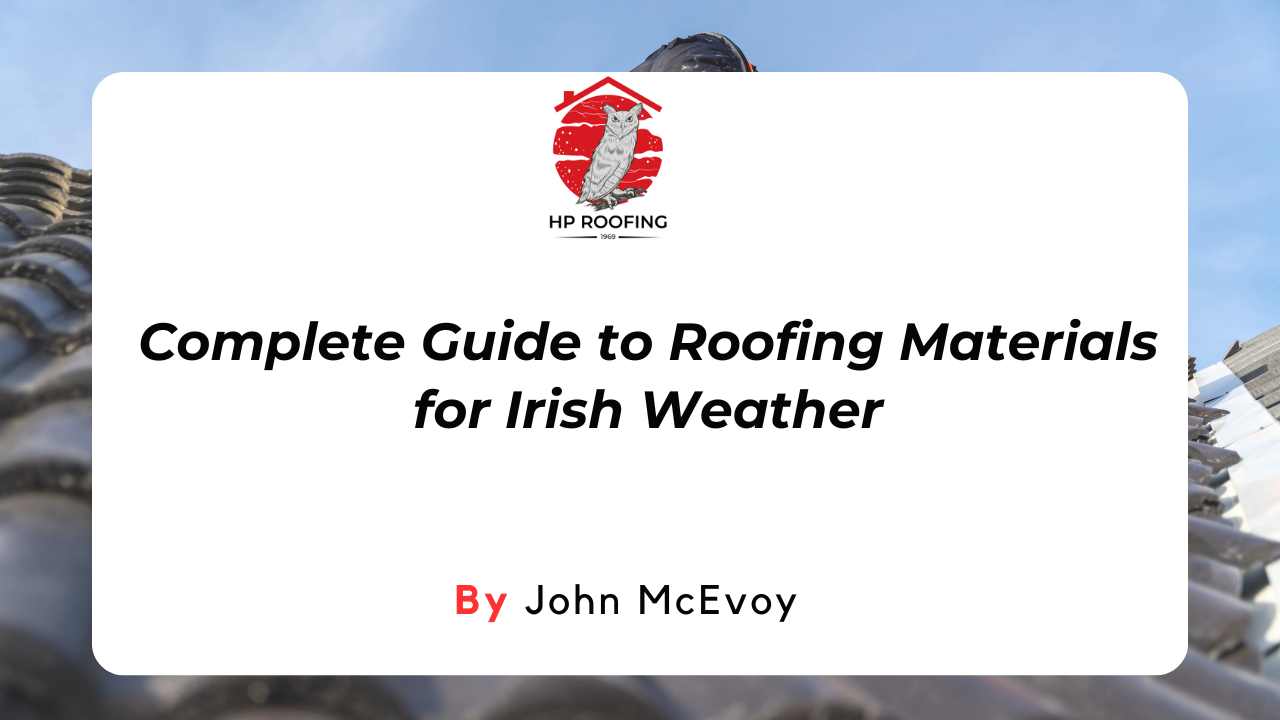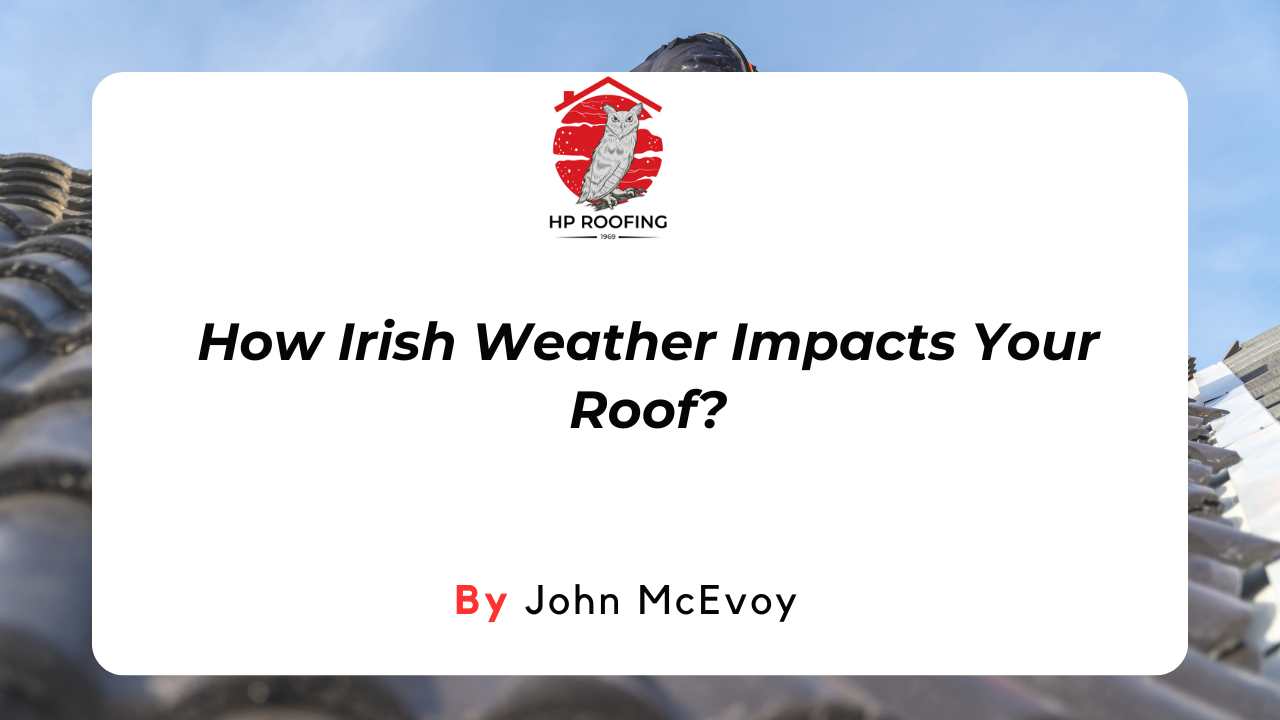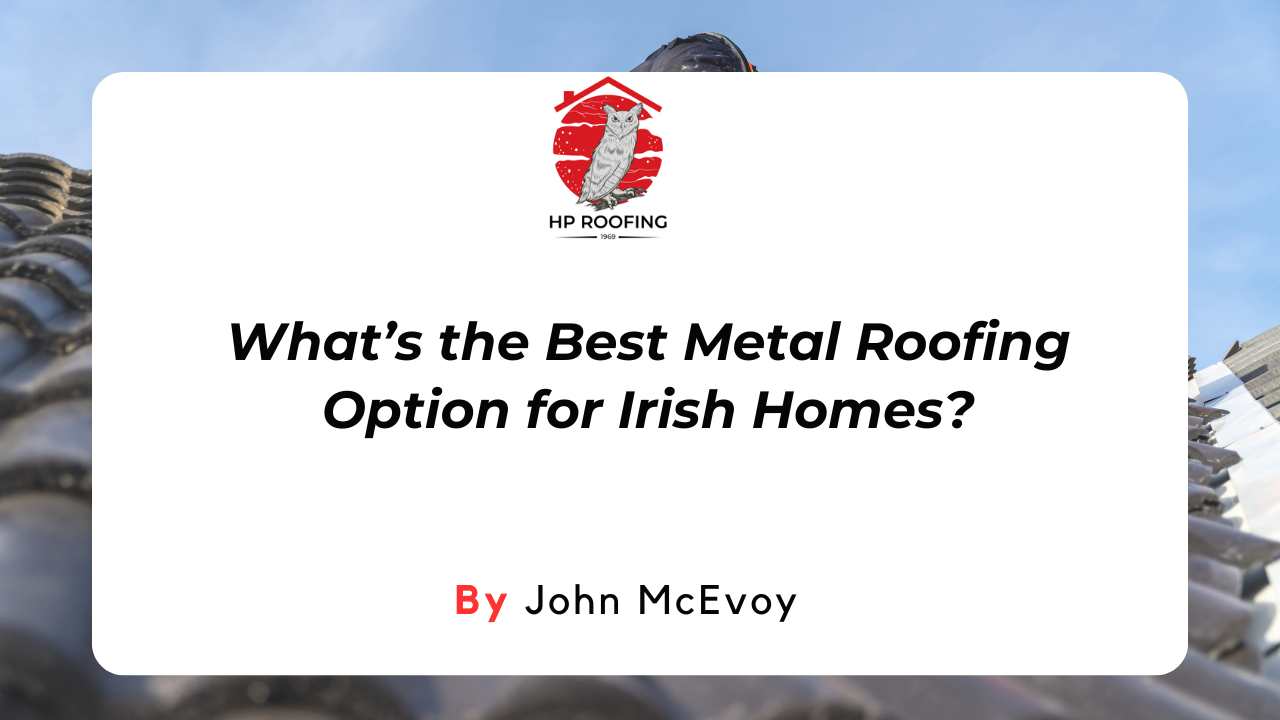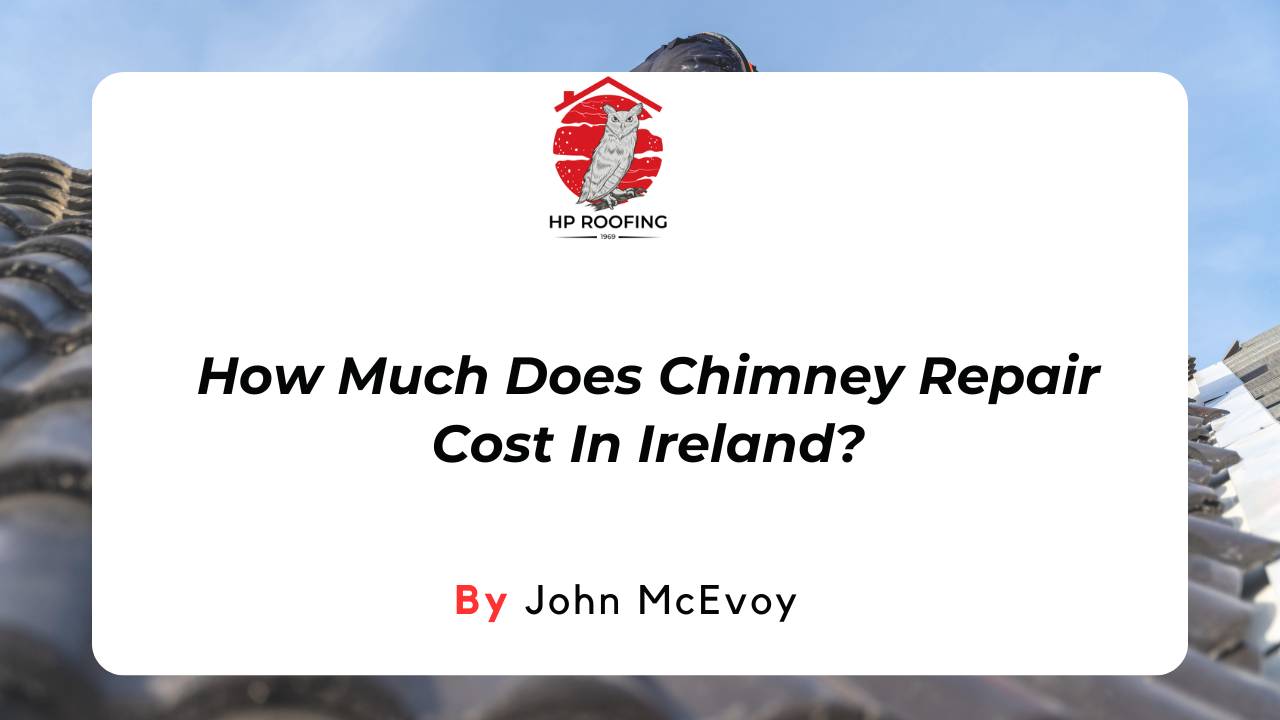Metal roofs are renowned for their durability, versatility, and appearance, making them a popular choice across residential, commercial, and agricultural buildings. Compared to traditional roofing materials, metal roofs not only provide a smooth look but also offer a longer lifespan and minimal maintenance.
Both homeowners and builders often question how metal roofing stacks up in terms of longevity when compared to other roofing options like asphalt shingles, wood, or clay tiles.
In this blog, we will help you to learn how long a metal roof lasts compared to traditional roofing materials and how longevity, cost, & appearance differ in both roofing types.
Let’s start!
How Can We Compare Metal Roofing to Traditional Roofing Materials?
1. Longevity
Metal roofing is renowned for its impressive lifespan, often lasting 40 to 70 years or more, depending on the material. Its durability makes it resistant to harsh weather conditions like wind, hail, and heavy rain, ensuring long-term performance with minimal risk of damage. This longevity makes metal roofing a cost-effective choice over time.
Traditional roofing materials, such as asphalt shingles or clay tiles, generally have a shorter lifespan, ranging from 15 to 30 years. While these materials are effective for many homeowners, they are more susceptible to weather-related wear and tear, often requiring repairs or replacement sooner than metal roofs.
2. Maintenance
Metal roofs are low-maintenance, requiring occasional inspections and cleaning to remove debris. Their non-porous surface prevents issues like mould, mildew, and water damage, reducing the need for frequent upkeep.
Traditional roofing materials often demand more maintenance. For instance, asphalt shingles may curl, crack, or lose granules over time, while clay tiles might break under heavy impact. These materials typically need periodic repairs to maintain their functionality and appearance.
3. Cost-Effectiveness
While metal roofing has a higher upfront cost, its durability and minimal maintenance needs make it a cost-effective investment in the long run. Its extended lifespan reduces the frequency of replacement, saving money over time.
Traditional roofing materials, such as asphalt shingles, have a lower initial cost, making them a budget-friendly option for homeowners. However, their shorter lifespan and higher maintenance requirements can lead to increased expenses over time.
4. Energy Efficiency
Metal roofs are highly energy-efficient, as they reflect sunlight and help reduce cooling costs. Many metal roofing systems come with reflective coatings, which further enhance their ability to keep homes cooler in warm climates.
Traditional roofing materials, like asphalt shingles, tend to absorb heat, increasing indoor temperatures during summer. While some traditional materials can be treated for better energy efficiency, they generally lack the reflective properties of metal roofs.
5. Appearance and Design Flexibility
Metal roofs offer a wide variety of styles, colours, and finishes, allowing homeowners to match their roof to their architectural preferences. They can even mimic the appearance of traditional materials like slate or wood shakes, providing both modern and classic design options.
Traditional roofing materials also offer visual attraction, with asphalt shingles being available in various colours and styles. Materials like clay and slate add a timeless charm but may be limited in their versatility compared to metal roofing.
6. Environmental Impact
Metal roofs are an eco-friendly choice, as they are often made from recycled materials and can be fully recycled at the end of their life. Their durability also reduces waste from frequent replacements, contributing to sustainability.
Traditional roofing materials, such as asphalt shingles, are less environmentally friendly, as they are typically made from non-recyclable materials. Frequent replacements generate more waste, which can have a significant impact on landfills over time.
Conclusion
Metal roofs stand out for their exceptional durability, weather resistance, and long lifespan, often lasting decades longer than traditional roofing materials like asphalt shingles or wood. While upfront costs may be higher, metal roofing’s low maintenance needs and long-term value make it a wise investment for property owners seeking reliability and aesthetics.
If you're considering a roofing upgrade that combines strength with style, reach out to HP Roofing. Our team of professionals is ready to help you select and install a roofing solution that suits your needs and budget. Contact HP Roofing today to explore how a metal roof can benefit your property for years to come.
















